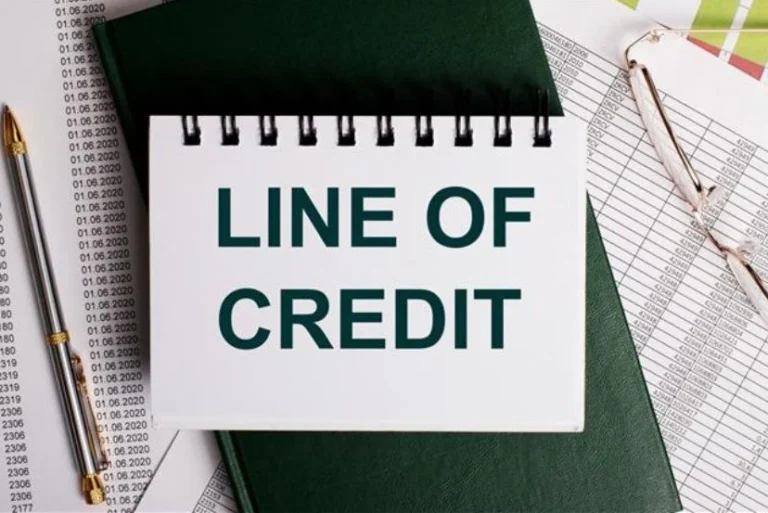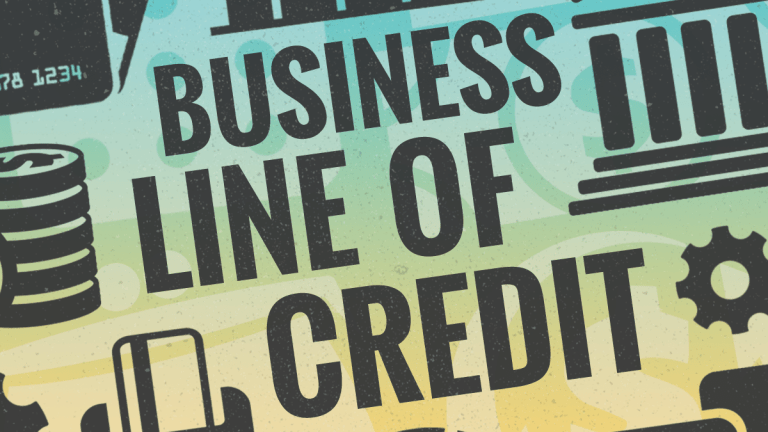Money is the fuel that keeps every business running. Whether you are starting out or already managing a growing company, you need access to reliable funding. Traditional loans often feel like chains fixed payments, strict rules, and little room to adapt when your needs change. That’s where the business line of credit comes in.
Instead of locking you into a rigid loan, a business line of credit works more like a financial safety net. You borrow only what you need, when you need it, and repay as you go. This flexibility makes it one of the most powerful tools for entrepreneurs who want to manage cash flow, handle emergencies, and seize opportunities without stress. In this article, we’ll explore how a business line of credit works, why it’s so valuable, and how you can use it wisely.
What Is a Business Line of Credit?
At its core, a business line of credit is a revolving loan, similar to a credit card but designed for business needs. Instead of receiving a lump sum like a traditional loan, you are approved for a maximum amount of money say $50,000. You can draw from that pool whenever you need funds, and you only pay interest on the amount you actually use.

For example, imagine your business line of credit is $20,000. If you borrow $5,000 to cover payroll, you still have $15,000 available for other needs. Once you repay the $5,000, your credit line goes back up to $20,000. This flexibility is what makes it different from standard loans.
Why Entrepreneurs Need a Business Line of Credit
Cash flow challenges are one of the biggest reasons small businesses fail. Sales might slow down, customers may delay payments, or unexpected expenses can appear out of nowhere. A business line of credit helps bridge those gaps.
It allows entrepreneurs to:
-
Cover short-term expenses without panic
-
Manage seasonal ups and downs in revenue
-
Take advantage of sudden growth opportunities
-
Handle emergencies like equipment repairs
This tool doesn’t just provide money it provides peace of mind.
How a Business Line of Credit Works in Practice
Think of a business line of credit as a flexible agreement between you and the bank or lender. The lender sets a credit limit based on your company’s financial health, credit score, and revenue. Once approved, you can access the funds at any time, often through online banking or a business credit card tied to the line of credit.
Unlike term loans, you don’t have to use all the money at once. You borrow in smaller amounts as needed. This makes it easier to keep interest costs low since you’re only paying for what you actually borrow.
Another key point is repayment. Many lenders allow you to repay early without penalties. This means you can borrow, repay, and borrow again, as long as you stay within your credit limit.
Secured vs. Unsecured Business Line of Credit
There are two main types of business line of credit: secured and unsecured.
A secured business line of credit requires you to back it with collateral, such as inventory, real estate, or equipment. This reduces the lender’s risk and usually gives you a higher credit limit and lower interest rate.
An unsecured business line of credit does not require collateral, but it may have stricter requirements like strong credit history and higher interest rates.
Both options provide flexibility, but the right choice depends on your financial situation and how much risk you are willing to take.
Advantages of a Business Line of Credit
The beauty of a business line of credit lies in its benefits. Compared to other forms of financing, it offers advantages that every entrepreneur should consider:
-
Flexibility – You borrow only what you need, when you need it.
-
Lower Costs – Interest is charged only on the borrowed amount, not the full credit line.
-
Improved Cash Flow – Helps you handle uneven income and expenses.
-
Revolving Access – Funds replenish as you repay, unlike term loans that end after one payout.
-
Builds Credit – Regular, timely repayments can improve your business credit score.
Disadvantages to Keep in Mind
Of course, a business line of credit isn’t perfect. Like any financial tool, it comes with risks if used carelessly.
-
Interest rates can be higher than long-term loans.
-
Some lenders charge annual fees or withdrawal fees.
-
Borrowing too much can trap you in debt.
-
Strict qualification requirements may block newer businesses.
Being aware of these disadvantages helps entrepreneurs use a business line of credit wisely without falling into financial trouble.
When Should You Use a Business Line of Credit?
One of the best things about a business line of credit is that it can be used in many different situations. Some common examples include:
-
Covering payroll during slow months
-
Paying suppliers when customer payments are late
-
Investing in short-term marketing campaigns
-
Handling emergency repairs or equipment replacement
-
Stocking up on inventory for peak seasons
Instead of stressing about short-term needs, you can rely on your business line of credit to bridge the gap until revenue flows in again.
How to Qualify for a Business Line of Credit
Getting approved for a business line of credit depends on several factors. Lenders want to see that your business is reliable and capable of repaying borrowed money.

They typically check:
-
Your business credit score and financial history
-
Annual revenue and profitability
-
Time in business (usually at least 1–2 years)
-
Collateral (if applying for a secured line of credit)
Some online lenders offer more flexible requirements, making it easier for startups or small businesses to get access. However, these may come with higher interest rates.
Tips for Managing Your Business Line of Credit Wisely
Having access to funds is a privilege, but it must be managed carefully. Misusing a business line of credit can damage your credit score and hurt your business. Here are a few tips:
-
Borrow only when necessary, not for everyday expenses.
-
Always make timely payments to avoid fees and penalties.
-
Keep track of your balance and available credit.
-
Use the funds strategically to grow, not just to survive.
-
Regularly review your agreement for changes in fees or interest rates.
When managed responsibly, a business line of credit becomes an asset rather than a liability.
Business Line of Credit vs. Business Credit Card
Many entrepreneurs wonder whether they should use a business line of credit or a business credit card. While both are revolving credit tools, they serve different purposes.
A business credit card is great for everyday purchases, rewards, and small expenses. But it often comes with higher interest rates and lower limits.
A business line of credit, on the other hand, is better for larger expenses, cash flow management, and unexpected financial challenges. Many business owners actually use both, combining them for maximum flexibility.
Real-Life Example
Let’s say you run a small clothing store. During the summer, sales are slow, but in December, demand skyrockets. Instead of turning away customers due to lack of inventory, you use your business line of credit to stock up before the holiday rush. Once you make your seasonal sales, you repay the borrowed money. This way, your business keeps growing without missing opportunities.
The Future of Business Financing
As technology evolves, so does access to funding. In 2025, many lenders are moving toward digital platforms, making applications for a business line of credit faster and simpler. Some even use AI to approve loans in hours instead of weeks. This trend means entrepreneurs will have even more flexible options to support their growth.
For modern entrepreneurs, flexibility is everything. Business is unpredictable, and the ability to adapt quickly can mean the difference between success and failure. A business line of credit offers that flexibility, acting as both a safety net and a growth tool.
It helps smooth out cash flow, cover emergencies, and seize opportunities without locking you into rigid loan agreements. While it’s not without risks, careful management makes it one of the most valuable funding options available today.
So, if you’ve ever worried about running out of cash during slow months or missing a chance to grow, a business line of credit might be exactly the solution you need.






